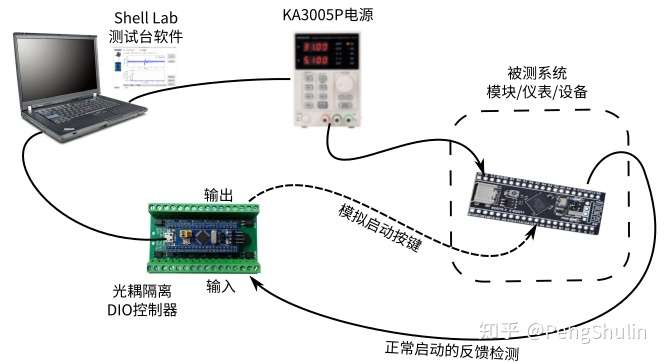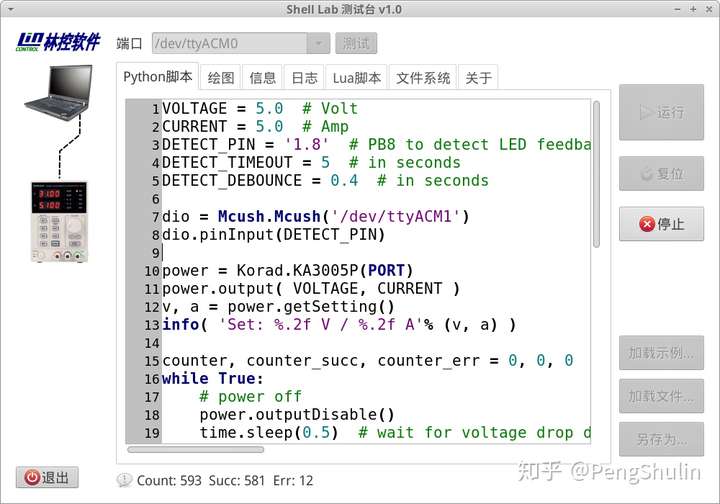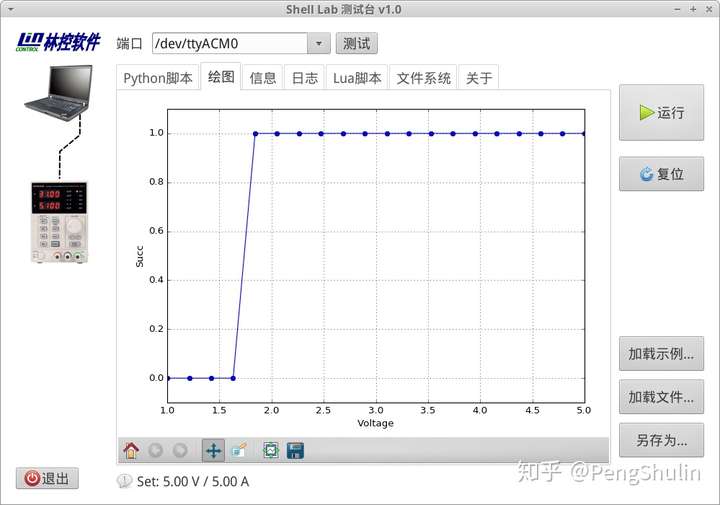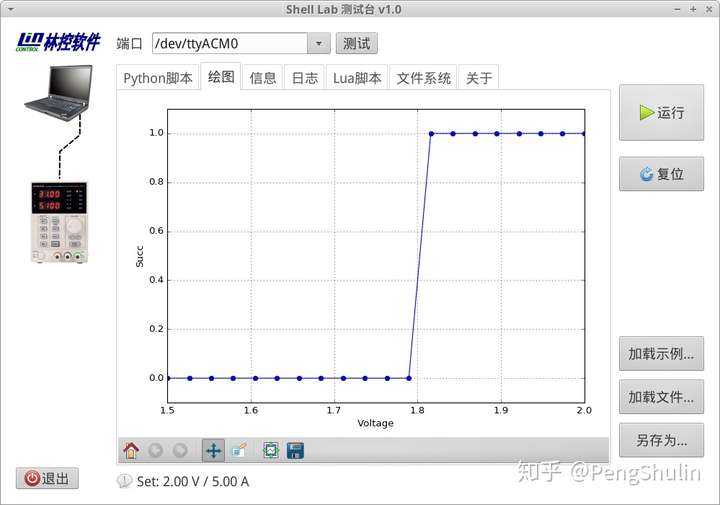此帖出自综合技术交流论坛
| ||
|
|
||
浏览过的版块 |
活动 更多>>
开源项目 更多>>
- 外部电路
- LTC3646EMSE 28V 输出、500kHz 工作频率同步降压转换器的典型应用电路
- 使用 Analog Devices 的 LT1764AEQ-1.5 的参考设计
- LT3080 的典型应用 - 可调 1.1A 单电阻器低压差稳压器
- LT3091IT7 基本可调线性稳压器的典型应用
- DK-DEV-3CLS200NES,Cyclone III LS FPGA 开发板为低功耗开发和原型设计提供硬件平台
- NCP1030GEVB:2 W PoE DC-DC 转换器评估板
- 【郑州工商学院】独轮小车+豌豆爱打小僵尸
- LT1171CQ、5V/2.5A 高效 5V 降压转换器的典型应用
- LT3663EDCB-3.3、3.3V 降压转换器的典型应用
随便看看
-
不是!让高速先生给个过孔优化方案就那么难吗?
高速先生成员--黄刚又是崭新的一年哈,高速先生在总结去年一年的粉丝互动问题时,惊人的发现排在前列的问题就包括了差分过孔的优化方法能不能大概给出来。当然,大家都知道,像传输线的阻抗板厂可以来保证,但是它们没法保证过孔的阻抗。随着速率越来越高,过 ...
- 大规模语言模型从理论到实践第一章绪论
- IntraWeb_v7.0.11
- LED凹嵌入式天棚照明的应用讨论
- ads和dnw的地址设置问题
- 如何单独编译Android源代码中的模块
- 51单片机空闲模式实验出错??
- 各FPGA厂家产品比拼
查找数据手册?
EEWorld Datasheet 技术支持
热门标签
相关文章 更多>>
-
苹果M4 Mac mini曝出USB-C接口问题!随机间歇性断开连接
1月17日消息,苹果M4 Mac mini自2024年底发布以来,收获了不少好评,然而近期一些用户在使用过程中发现,该设备的USB-C接口似乎存在连接性问题,给使用带来了不便。 有用户反映M4 Ma
-
消息称 SK 海力士有望 2 月启动业界最先进 1c nm 制程 DRAM 内存量产
1 月 17 日消息,韩媒 MT(IT之家注:全称 MoneyToday)当地时间今日报道称,SK 海力士近日已成功完成内存业界最先进 1c 纳米制程 DRAM 的批量产品认证,连续多个以 25 块
-
未经同意出售用户数据,通用汽车遭美国 FTC 处罚
1 月 17 日消息,当地时间周四,美国联邦贸易委员会(FTC)宣布通用汽车及其子公司 OnStar 因未经用户同意出售用户位置和驾驶行为数据,因此将对其进行处罚,包括在五年内禁止向消费者报告机构披
- 日本三井住友银行推出半导体设备抵押贷款,铠侠已率先获益
- 联想宣布收购Infinidat,扩充高端企业存储业务
- 台积电董事长:我们不是美积电 最先进制程不会搬到美国
- 曝台积电拒绝代工三星Exynos处理器:理由是怕泄密
- SK 海力士被曝上半年削减 10% NAND 闪存产量
- 苹果加入UALink联盟 成员含AMD、英特尔、谷歌等公司
- 英特尔宣布将逐渐停产第 12 代 Alder Lake 移动处理器,覆盖酷睿、奔腾及赛扬
新帖速递
- STM32和无源蜂鸣器播放声音的问题
- 车规级AECQ200介绍,混合铝电解电容器的选择
- 嵌入式教程_DSP技术_DSP实验箱操作教程:2-28 搭建轻量级WEB服务器实验
- OPA847IDBVR运放器国产替代
- AG32VF407测试UART
- 【得捷电子Follow Me第二期】第一章 收到货物的分享
- 请问这个红外接收头是什么型号?能用哪个型号代替?谢谢
- 出售全新未拆封ZYNQ 7Z020 FPGA核心板
- 用在锂电池供电的水表设置上的LORA模块,当有100块水表集中安装在一个楼道内时,节能
- 请问一下,当某个端口被设置为 RX0后,这个端口的输入输出方向还有必要设置吗
- 今年怎么这么难,比疫情时还难,三十了面临失业好迷茫
- 请教稳压管测试问题
- 【小华HC32F448测评】关于小华半导体的UART中断发送和PRINTF构造和重定向
- 【BIGTREETECH PI开发板】 HDMI输出测试
- 【BIGTREETECH PI开发板】+08.音频测试(zmj)
- 安世半导体智能工业应用探索站,闯关赢好礼!
- 点击页面内“开始探索”按钮,填写并提交表单;
请根据序号依次完成3个安世半导体智能工业应用的探索,并根据给出的资料完成共计9题(每个应用3题),答对5题以上的玩家即可获得抽奖资格;
每人仅有一次参与答题的机会,请慎重作答,活动结束后,我们将抽取30位玩家赠送礼品。
- Microchip 直播|多相降压电源控制技术的发展与探讨 报名中!
- 直播主题:多相降压电源控制技术的发展与探讨
直播时间:2025年2月25日(星期二)上午10:30-11:30
快来报名!
- 回帖赢好礼 | 关于无线技术的那些事儿
- 【活动时间】即日起—2025年1月31日
【活动好礼】50元京东卡
- 答题赢好礼,PI电源小课堂第3期来啦!
- 本期内容:集成式半桥驱动IC BridgeSwitch 2, 助力高效永磁同步电机逆变器的设计
活动时间:即日起-2月28日
看视频答题即可赢取京东卡!
- Microchip喊你探索 dsPIC33A 芯片,70份好礼等你赢!
- 活动时间:即日起-1月26日
活动奖励:随身Wi-Fi、家用多功能电烤箱、20000mAh充电宝、50元京东卡
- DigiKey应用探索站重磅上线!潮流应用,硬核技术探秘,N多干货,一站get!
- 当月好物、热门技术资源、潮流应用技术、特色活动、DigiKey在线实用工具,干货多多~
- 本周精选下载推荐:电源管理基础Dummies
- 本周小编给大家带来一本超简单、超干货的电子书——《电源管理基础Dummies》!内容深入浅出,排版舒服简洁,分分钟能get到电源管理最核心的知识内容。
- 下载资料赢好礼!看Vicor模块化电源解决方案如何推动创新
- 活动时间:即日起-2024年12月31日
如何参与:点击活动页内您想了解的模块,找到资料下载即可参与抽奖,活动结束后统一发奖!
关闭
站长推荐 1/8
1/8 
 1/8
1/8 
电子工程世界版权所有
京B2-20211791
京ICP备10001474号-1
电信业务审批[2006]字第258号函
 京公网安备 11010802033920号
Copyright © 2005-2025 EEWORLD.com.cn, Inc. All rights reserved
京公网安备 11010802033920号
Copyright © 2005-2025 EEWORLD.com.cn, Inc. All rights reserved
 京公网安备 11010802033920号
Copyright © 2005-2025 EEWORLD.com.cn, Inc. All rights reserved
京公网安备 11010802033920号
Copyright © 2005-2025 EEWORLD.com.cn, Inc. All rights reserved








 提升卡
提升卡 变色卡
变色卡 千斤顶
千斤顶



